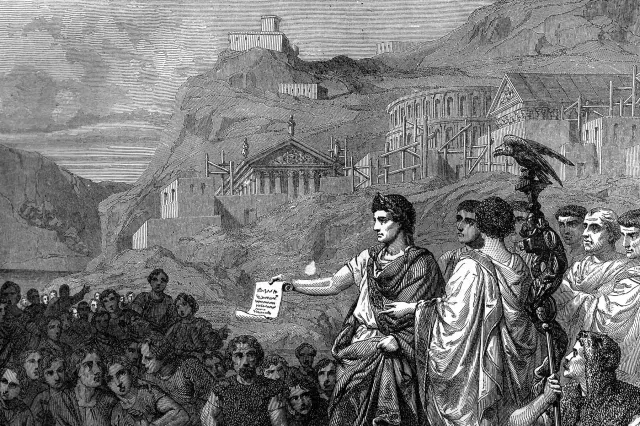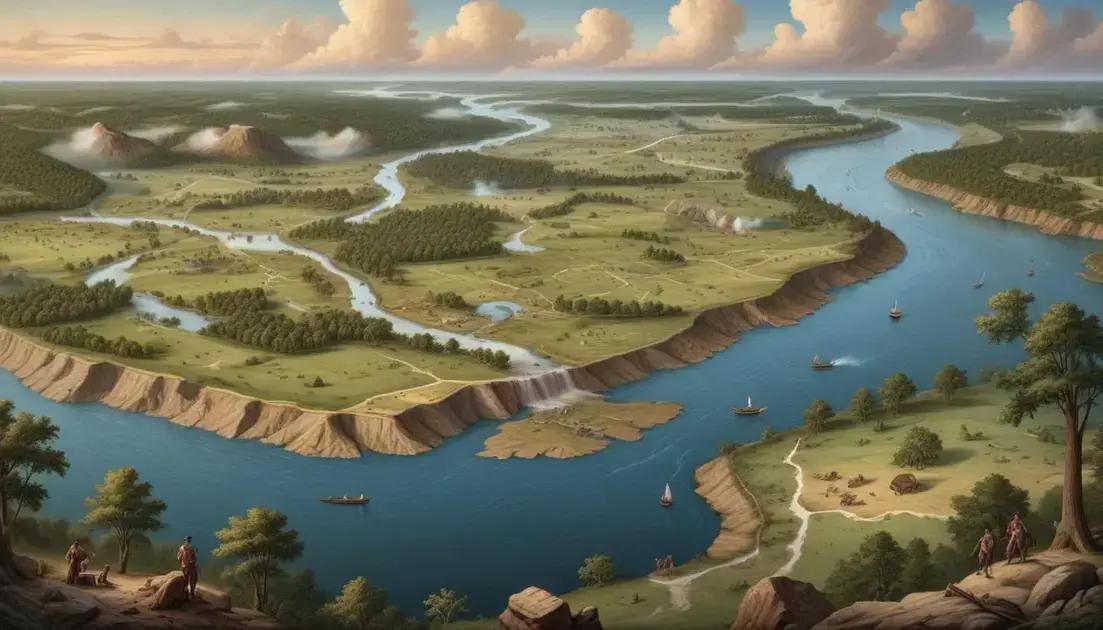
Empires That Changed History: From Persia to the British Empire
Empires That Changed History: From Persia to the British Empire
Throughout the annals of history, empires have served as the driving forces behind the world’s most significant transformations. These vast political entities have shaped civilizations, spread cultures, and left indelible marks on human development that continue to influence our modern world. As a timeless reporter would document, the rise and fall of great empires has been one of the most consistent patterns in human history, each leaving behind lessons, innovations, and legacies that transcend their temporal boundaries.
From the ancient Persian Empire’s revolutionary administrative systems to the British Empire’s global reach that literally meant “the sun never sets,” these colossal political structures have fundamentally altered the course of human civilization. The study of empires throughout history reveals not just the ambitions of rulers and the conquests of armies, but the profound ways in which these entities facilitated cultural exchange, technological advancement, and economic transformation across vast geographical distances.
Understanding these empires requires us to examine their unique contributions, their methods of governance, their cultural impacts, and their eventual decline. Each empire faced similar challenges—maintaining control over diverse populations, managing vast territories, balancing expansion with consolidation, and adapting to changing circumstances. Yet each also brought distinctive innovations and approaches that would influence subsequent civilizations and continue to resonate in our contemporary world.
The Persian Empire: Administrative Innovations That Shaped Governance
The Persian Empire, formally known as the Achaemenid Empire, stands as one of history’s most significant empires due to its revolutionary approach to governance and administration. Founded by Cyrus the Great around 550 BCE, this empire would eventually stretch from the Indus Valley to the Mediterranean, encompassing approximately 44% of the world’s population at its peak. What made the Persian Empire extraordinary wasn’t just its size, but its sophisticated administrative system that allowed it to maintain control over such a diverse and vast territory for over two centuries.
The genius of Persian administration lay in its balance between central authority and local autonomy. Unlike previous empires that relied primarily on military force and cultural assimilation, the Persians developed a system of satrapies—provincial administrative units governed by appointed satraps who answered directly to the king. This system allowed for efficient tax collection and military conscription while respecting local customs, religions, and traditions. The famous Cyrus Cylinder, often called the first charter of human rights, exemplified this approach by proclaiming religious tolerance and the repatriation of displaced peoples.
The Persian Empire’s impact on administrative history cannot be overstated. They created the first organized postal system, known as the “Royal Road,” which stretched over 1,600 miles and featured relay stations every 14 miles. This innovation facilitated rapid communication across the empire and would influence subsequent communication systems throughout history. The Persians also standardized weights, measures, and currency across their territories, creating economic stability and facilitating trade on an unprecedented scale.
Persian innovations extended beyond administration to engineering and architecture. The empire’s road systems connected distant regions, promoting trade and cultural exchange. Their architectural achievements, exemplified by the magnificent palaces at Persepolis, combined elements from various conquered cultures, creating a distinctive Persian aesthetic that influenced building designs across the ancient world. These contributions demonstrate how empires can serve as catalysts for technological and cultural advancement, spreading innovations across vast geographical areas and diverse populations.
Roman Empire: Engineering Marvels and Legal Foundations
The Roman Empire represents perhaps the most influential of all ancient empires in terms of its lasting impact on Western civilization and legal systems. Beginning as a small city-state in central Italy, Rome expanded to control the entire Mediterranean basin and much of Europe, reaching its greatest extent under Emperor Trajan in 117 CE. What distinguished the Roman Empire from its predecessors was its remarkable ability to integrate conquered peoples into Roman society while simultaneously spreading Roman culture, law, and engineering innovations across three continents.
Roman engineering achievements remain among the most impressive in human history, with many structures still standing nearly two millennia after their construction. The empire’s network of roads, totaling over 250,000 miles, connected every corner of the empire and facilitated trade, military movement, and cultural exchange. Roman aqueducts supplied fresh water to cities across the empire, supporting urban populations that wouldn’t be matched again in Europe until the Industrial Revolution. The Colosseum, Pantheon, and countless other architectural marvels demonstrated Roman mastery of concrete, arch construction, and urban planning principles that continue to influence modern architecture.
Perhaps even more significant than Roman engineering was the empire’s legal legacy. Roman law, codified in various forms including the famous Twelve Tables and later the Corpus Juris Civilis under Justinian, established legal principles that form the foundation of modern legal systems worldwide. Concepts such as “innocent until proven guilty,” the right to legal representation, and the distinction between public and private law all originated in Roman jurisprudence. These legal innovations spread throughout the empire and persisted long after Rome’s fall, influencing legal development across Europe and, eventually, much of the world.
The Roman approach to citizenship was revolutionary among ancient empires. Unlike other imperial systems that maintained strict distinctions between conquerors and conquered, Rome gradually extended citizenship throughout its territories. The Constitutio Antoniniana of 212 CE granted citizenship to all free inhabitants of the empire, creating a sense of shared identity and loyalty that helped maintain imperial unity for centuries. This inclusive approach to empire-building would influence later imperial projects and continues to inform modern discussions about citizenship and belonging in diverse societies.
Mongol Empire: Cultural Exchange Across the Silk Road
The Mongol Empire stands as the largest contiguous land empire in human history, stretching from Eastern Europe to the Pacific Ocean at its peak in the 13th and 14th centuries. Under the leadership of Genghis Khan and his successors, this nomadic empire revolutionized warfare, diplomacy, and trade across Eurasia. While often remembered primarily for their military conquests, the Mongols’ greatest contribution to history was their role in facilitating unprecedented cultural, technological, and commercial exchange across the known world.
The Mongol approach to empire differed dramatically from their sedentary predecessors. Rather than establishing a centralized administrative system, they created a network of connected khanates that maintained communication and cooperation while adapting to local conditions. The Mongols were remarkably pragmatic rulers who adopted and adapted the governmental, religious, and cultural practices of their subjects. This flexibility allowed them to govern Chinese farmers, Middle Eastern merchants, and European craftsmen with equal effectiveness, creating a truly cosmopolitan empire that spanned multiple civilizations.
Perhaps the most significant impact of the Mongol Empire was its revitalization and protection of the Silk Road trade networks. Under the Pax Mongolica, merchants could travel safely from Beijing to Venice, protected by Mongol guarantees of safe passage and standardized commercial practices. This security enabled the flow of goods, ideas, and technologies across Eurasia on an unprecedented scale. Paper money, printing technology, gunpowder, and magnetic compasses spread westward from China, while Islamic astronomical knowledge and European craftsmanship moved eastward. The Mongols even facilitated diplomatic exchanges, with European envoys reaching the Mongol court and Mongol ambassadors visiting European capitals.
The cultural exchange facilitated by the Mongol Empire had profound and lasting effects on world history. The empire’s religious tolerance allowed for the peaceful coexistence and mutual influence of Buddhism, Christianity, Islam, and traditional belief systems. Mongol courts became centers of learning where scholars from different cultures could meet and share knowledge. The empire’s emphasis on meritocracy, regardless of ethnic or religious background, promoted cultural mixing and innovation. These exchanges contributed to the Renaissance in Europe, the golden age of Islamic learning, and technological advancement across Asia, demonstrating how empires can serve as bridges between civilizations rather than barriers.
Ottoman Empire: Bridging East and West Through History
The Ottoman Empire occupies a unique position in the history of empires as the bridge between the medieval and modern worlds, spanning over six centuries from its founding around 1299 to its dissolution after World War I. At its height in the 16th and 17th centuries, the Ottoman Empire controlled territories across three continents, from the gates of Vienna to the shores of the Indian Ocean, and from the steppes of Ukraine to the deserts of North Africa. This strategic position made the Ottomans the vital link between East and West, facilitating cultural, commercial, and intellectual exchange between European and Asian civilizations.
The Ottoman system of governance was notably sophisticated and flexible, incorporating elements from Byzantine, Islamic, and Central Asian traditions while developing unique innovations. The empire’s millet system allowed for remarkable religious and cultural autonomy, with different religious communities governing their own internal affairs under Ottoman oversight. This pluralistic approach enabled the empire to maintain stability across incredibly diverse populations for centuries. The devshirme system, while controversial by modern standards, created a merit-based administrative class that included people from all corners of the empire, contributing to efficient governance and cultural synthesis.
Ottoman contributions to history extended far beyond military conquest and political administration. The empire became a major patron of arts, architecture, and learning, with Istanbul serving as one of the world’s great cultural centers. Ottoman architects like Mimar Si


